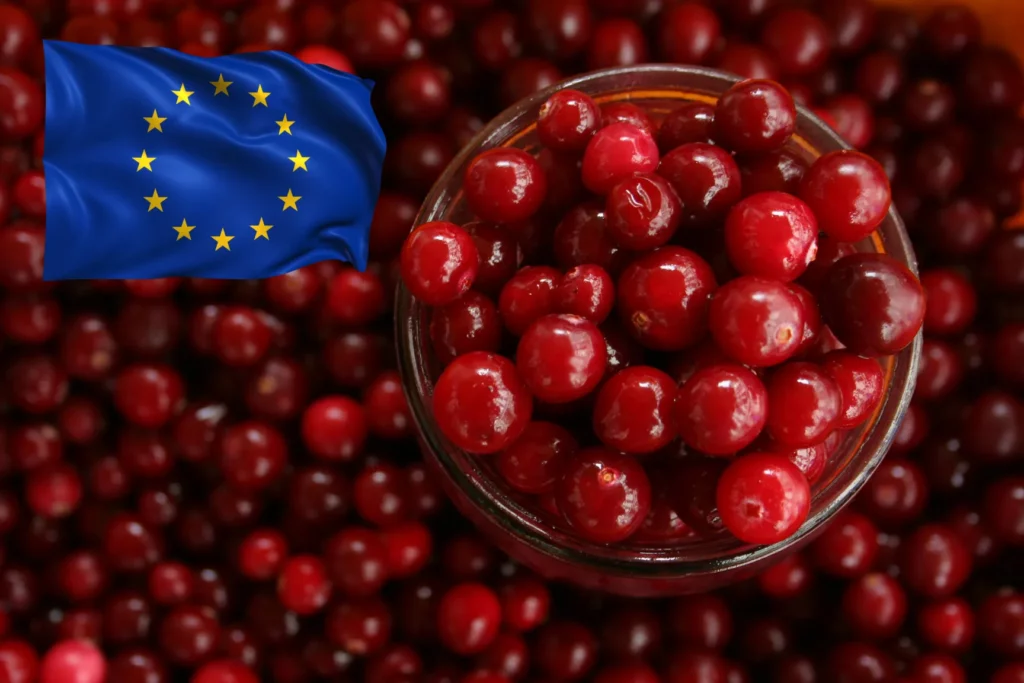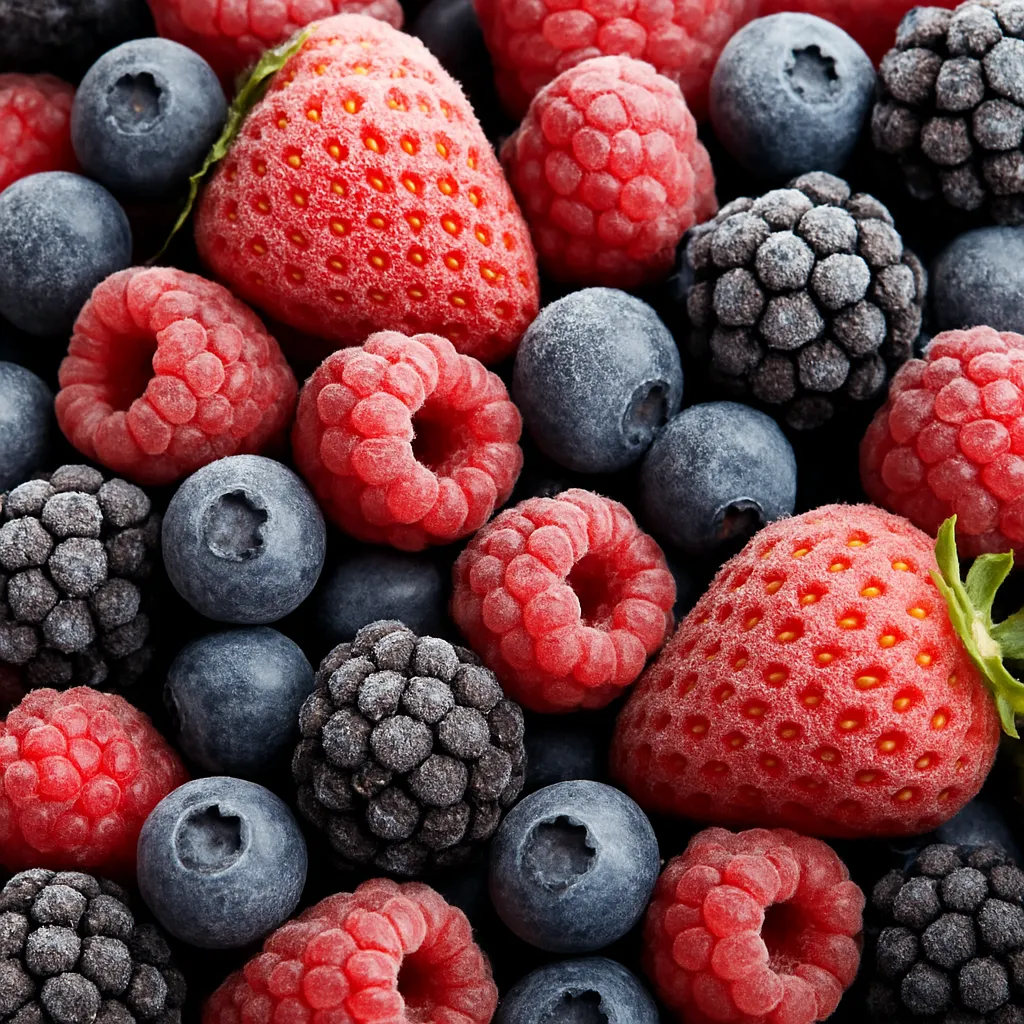The Importance of Rice Quality in the Global Market
Moreover, food safety is a critical aspect of rice production, and optical sorting machines play a crucial role in ensuring that food safety standards are met. By effectively removing impurities, contaminants, and defective grains, these machines help prevent health risks and ensure that the rice reaching consumers is safe and clean. This adherence to food safety not only protects consumers but also strengthens a producer’s reputation in the market.
Introduction to Optical Sorting Technology
Technological advancements have transformed rice processing, particularly through the introduction of optical sorting technology. Among these innovations, rice color sorter machines stand out as essential tools for modern production lines. These machines have automated the sorting process, significantly improving efficiency, accuracy, and overall rice quality. In this article, we will explore how these machines work, their benefits, and why adopting them is crucial for the rice production industry.
Understanding Rice Sorting Machines – how rice is being sorted?
What Do Rice Separators Do?
Rice separators are vital machines used to remove impurities, defective grains, and foreign materials from batches of rice. They ensure only the highest quality grains reach consumers, thereby enhancing the overall quality and food safety of the product. This process is fundamental for producing rice that meets consumer expectations and international quality standards.
Types of Rice Sorting Machines
1. Rice Color Sorter Machines
Rice color sorter machines, also known as rice colour sorting machines or simply color sorters for rice, use advanced optical sensors to detect and separate discolored or defective grains from good ones. These machines can process large volumes quickly and accurately, making them indispensable for modern rice production lines.
2. Grain Mills and Grinding Machines
After sorting, grain mills and grain grinding mill machines are used to further process rice. These machines grind the sorted rice grains into flour or other products, adding value to the raw material and diversifying production capabilities.
How Rice Color Sorters Work
The Technology Behind Optical Sorting
Rice color sorter machines use sophisticated cameras and sensors to detect the color and size of each grain. If a grain doesn’t meet the desired quality criteria, the machine ejects it with a precise burst of air. This automation ensures that only the best grains are selected, minimizing waste and maximizing quality.
Step-by-Step Sorting Process
- Feeding the Rice: Grains are loaded into the machine via a hopper.
- Scanning: Sensors scan each grain for color, size, and quality defects as they move through the machine.
- Ejection: Defective grains are removed by targeted air jets.
- Collection: Sorted rice is collected for packaging or further processing.
Benefits Over Traditional Sorting Methods
Compared to manual sorting, rice color sorters are significantly faster and more accurate. Modern rice color sorters are capable of sorting grains based on various characteristics such as shape, shade, type, and color. These machines use advanced sensors and artificial intelligence to distinguish between different shades of white or brown, allowing producers to ensure that only the desired type of rice makes it to the final batch.
Additionally, they can detect grains of varying shapes, eliminating irregular or broken grains to improve overall consistency. These capabilities help reduce labor costs, minimize human error, and ensure consistent quality. By automating the sorting process, producers can achieve higher efficiency and improved output quality, which gives them an edge in the marketplace.
Comparison Table of Optical Sorting Machines in Rice Processing
| Type of Sorter | Technology Used | Applications | Advantages | Limitations |
| Color Sorters | High-resolution cameras | Removing discolored or defected grains | Accurate color detection, high-speed sorting | Limited to color differences, may miss same-color impurities |
| Infrared (NIR) Sorters | Near-infrared sensors | Detecting foreign materials like different type of grain | Identifies materials based on material density | Higher cost, may require calibration for different impurities |
| Multi-Sensor Sorters | Combination of color cameras, NIR | Comprehensive sorting for various defects and impurities | Versatile, high accuracy, reduces need for multiple machines | High cost, complex setup |
| X-ray Sorters | X-ray imaging | Removing dense foreign objects like metals, glass and stones | Detects internal defects, enhances safety | Expensive, slower processing speed, regulatory considerations |
Automating Rice Sorting for Improved Efficiency
Integration into Production Lines
Automating rice sorting with rice sorting machines can streamline the entire production process. These machines can be seamlessly integrated into existing production lines, which enhances overall efficiency and reduces potential bottlenecks.
Success Stories
Many rice producers have reported notable increases in productivity and profitability after integrating rice sorter machines. For example, producers have experienced up to a 30% improvement in throughput, along with a significant enhancement in product quality. One success story comes from a major rice producer in Southeast Asia, who reported that the adoption of these machines led to a 25% reduction in manual labor costs while also increasing the consistency of the final product. Similarly, a mid-sized rice mill in India saw a 20% decrease in defect rates, leading to fewer customer complaints and improved brand reputation. Additionally, integrating rice sorter machines has enabled producers to meet stricter international standards, opening up new export opportunities and driving business growth. These success stories highlight the transformative potential of rice sorter machines in achieving higher efficiency, better quality, and increased profitability across the industry.
Cost-Benefit Analysis
Although the initial investment in a rice color sorter machine can be substantial, the long-term benefits often outweigh the costs. These benefits include reduced labor costs, increased operational efficiency, higher product quality, and improved consumer satisfaction. The return on investment becomes evident as production throughput improves, waste is minimized, and consistent quality is maintained, making these machines a sound and future-proof investment for producers.
The Process of Sorting and Rinsing Rice
Why Sorting and Rinsing Matters
Understanding how to sort and rinse rice is crucial for removing impurities and excess starch, both of which affect the taste and texture of cooked rice. Proper sorting and rinsing improve not only the cooking quality but also the nutritional value, especially in brown rice.
Differences Between White and Brown Rice Processing
Brown rice retains its bran layer, which requires more careful sorting to remove hulls and other materials. Additionally, rinsing brown rice helps remove dust and debris, further enhancing its flavor and overall quality.
Integration with Grain Processing Equipment
Synergy with Grain Mills and Grinding Machines
Combining rice color sorters with grain grinding machines optimizes rice production. After sorting, rice can be processed into flour or other value-added products, streamlining operations and maximizing efficiency.
Optimizing Production Lines
Integrating sorting and grinding equipment reduces handling times and boosts overall productivity, creating a seamless workflow from raw grains to the finished product. This optimized approach significantly enhances the scalability and profitability of rice production.
Choosing the Right Rice Color Sorting Machine
Key Factors to Consider
- Capacity: Match the machine to your production volume.
- Accuracy: Higher accuracy ensures better product quality.
- Compatibility: The machine should integrate smoothly with existing equipment.
- Cost: Evaluate both the initial investment and potential long-term savings.
Top Technologies and Features
Modern rice colour sorting machines offer advanced features like multi-color detection, shape recognition, and even artificial intelligence integration. These technologies make sorting far more sophisticated and efficient compared to traditional methods. For instance, multi-color detection allows the machine to differentiate between subtle variations in grain color, ensuring that only the highest quality rice makes it through the production line.
Shape recognition is crucial in identifying broken or irregular grains, maintaining uniformity and ensuring the end product meets the highest standards. Furthermore, artificial intelligence integration takes sorting capabilities to the next level by learning and adapting to different rice types and defects, increasing accuracy and efficiency.
Optical sorting technology is essential in rice production facilities today for multiple reasons. Firstly, it greatly improves the consistency of the final product by eliminating grains that do not meet the exact quality criteria. High-quality, uniform rice is more appealing to consumers and often commands a higher price, providing producers with an economic advantage.
Secondly, the use of optical sorting machines significantly reduces labor costs. The high-speed processing capabilities of these machines allow producers to sort large quantities of rice in a fraction of the time it would take manually. This automation decreases the dependency on human labor for sorting, reducing operational costs and allowing labor resources to be allocated to other areas of production that require human oversight.
Lastly, optical sorting technology enhances the ability of rice producers to meet stringent food safety standards. These machines are capable of detecting and removing foreign materials such as stones, glass, or plastic that may be mixed with rice during harvesting or processing.
By ensuring that these contaminants are efficiently removed, optical sorting technology plays a crucial role in safeguarding consumer health and maintaining compliance with international food safety regulations. This not only helps in maintaining the quality of the rice but also minimizes the risk of recalls or other food safety incidents, which could be detrimental to a producer’s reputation.
Conclusion
Summarizing the Impact of Optical Sorting Technology
Optical sorting technology has revolutionized rice production, making the sorting process faster, more accurate, and more cost-effective. The result is a higher quality product that satisfies consumer expectations and meets international standards.
Encouraging Adoption
Adopting rice color sorter machines provides rice producers with a significant competitive edge. These machines improve efficiency, reduce operational costs, and enhance product quality—making them a wise investment for the future.
Looking Ahead
As technology continues to advance, rice producers can expect even more innovative solutions that will further improve production and processing. Embracing these technologies is key to staying ahead in the global market and meeting growing consumer demands.
By investing in advanced optical sorting technology, rice producers can significantly enhance the quality and efficiency of their operations. This not only meets the rising demands of the global market but also ensures customer satisfaction, providing a foundation for long-term success.









